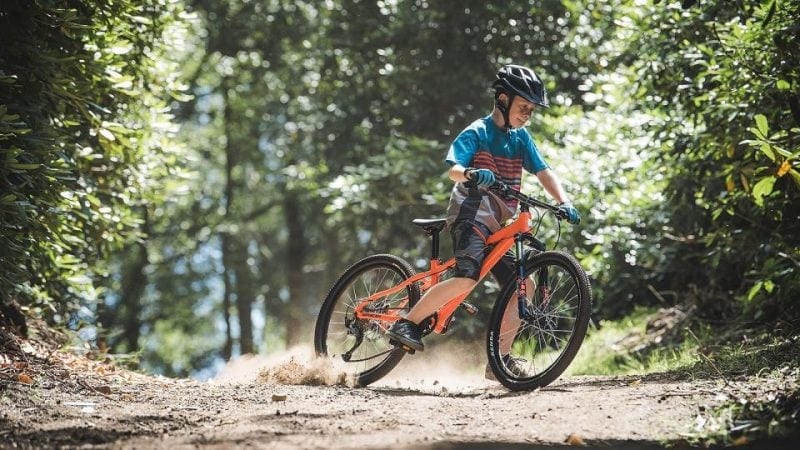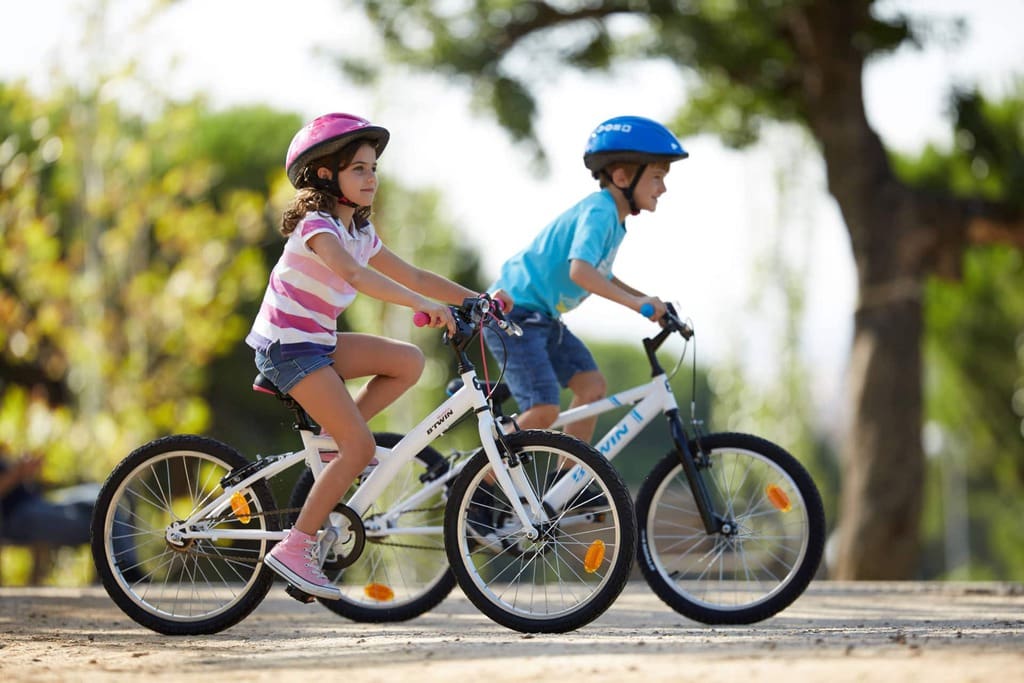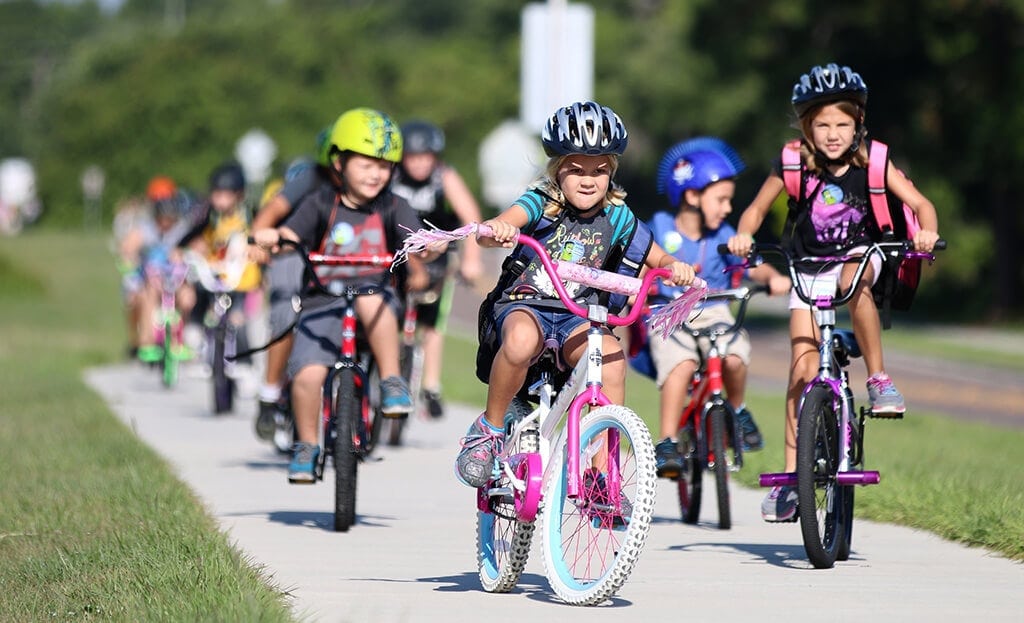Tips -
Balance Bikes vs Training Wheels : Which is Better?
One of the most common questions parents ask when teaching their kids how to ride a bike is;
Which one should I use – balance bikes or training wheels?
Pedal bikes with training wheels have been around for as long as we can remember. There’s a very high chance that you learned how to ride a bike using training wheels.
And that’s because back then, there were no balance bikes.
Balance bikes only really came to the fore in the past 10-15 years, and it’s popularity continues to increase as more and more parents realize it’s a better and more effective way of teaching their kids how to ride.
Here are 5 reasons why I think balance bikes are better than training wheels.
1. Learn Balancing and Coordination
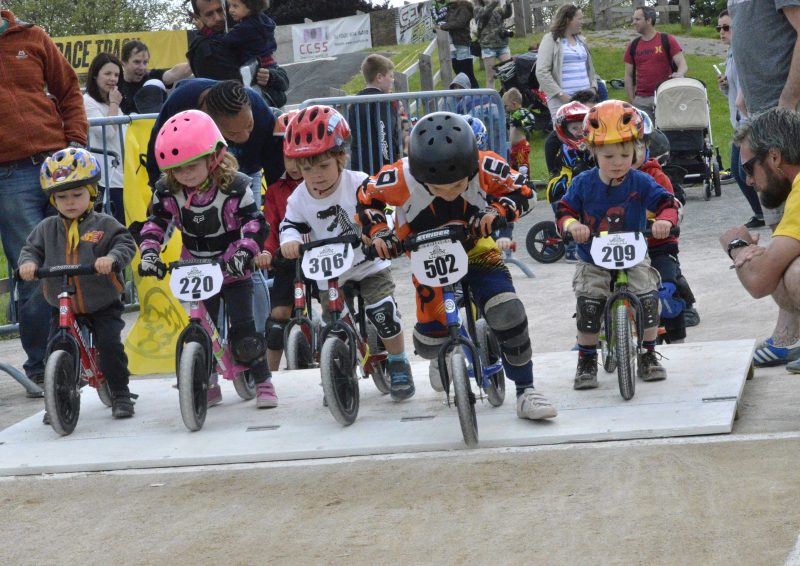
Balancing the bike is the hardest part when kids learn how to ride, and that’s exactly what balance bikes help with. Once they gain skills to balance a bike, the feeling of pedaling and responsibility of braking is going to come naturally after a transition.
Even though balance bikes have no pedals or gears, they are still very efficient at improving coordination. Balance bikes need to be steered and maneuvered just like the pedal bikes.
On the other hand, pedal bikes with training wheels allow kids to focus on the technical part of riding a bike, especially pedaling without the fear of falling down.
The training wheels can be a safety net that kids will rely on a lot longer than they have to. This might prevent and prolong the learning experience since training wheels actually prevent kids from learning how to balance the bike from the start.
2. Learn to Steer and Corner with Balance Bikes
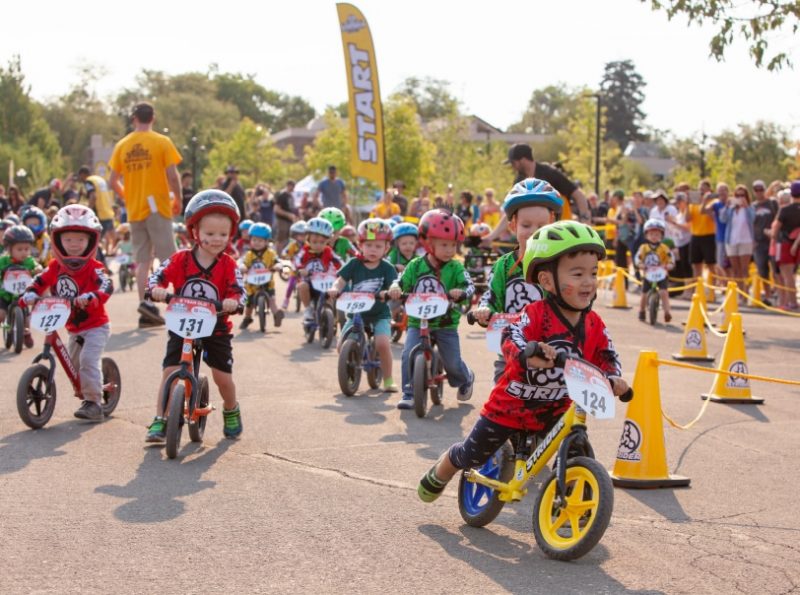
Besides teaching the kids how to balance, balance bikes are a lot more useful in corners than pedal bikes with training wheels.
Kids who ride a balance bike can lean into a corner, which is impossible to do with training wheels. That’s just another thing that kids who learn how to ride a pedal bike with training wheels need to master.
This only leads to more falls and even injuries for kids who have practiced with training wheels. Of course, kids who ride balance bikes can fall off the bike too.
But with the lower standpoint of balance bikes and smaller wheels, kids won’t be able to injure themselves in a case of a fall seriously. Yet they’d still be fully prepared to master steering and cornering.
Contrary to popular beliefs, kids fall off with training wheels more often than on balance bikes. This happens mostly when they try to lean into a corner, which is a natural human reaction.
Balance bikes also feature low weight and low center of gravity, which only adds to the benefits list.
And with both feet close to the ground, kids will always be ready for a stop or to support themselves in case they feel like they’ve lost control of the bike.
3. Balance Bikes are Lightweight
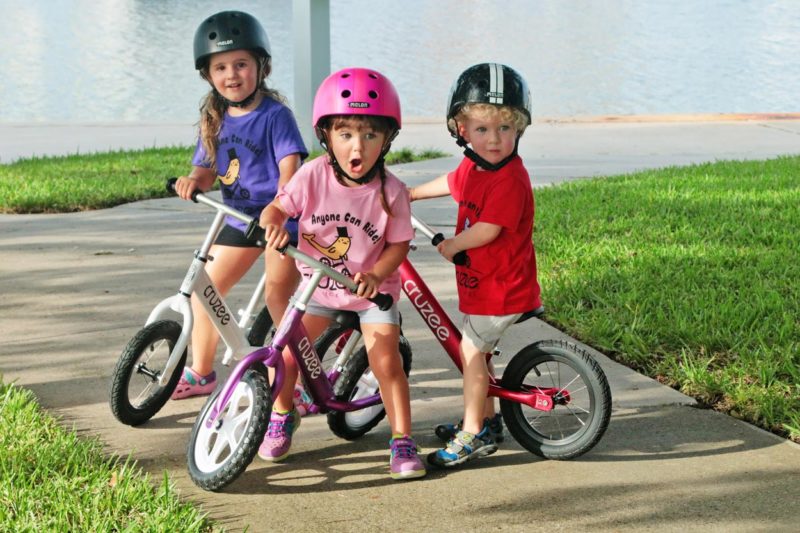
If you plan to help your kids learn to ride a bike from a very young age, the balance bike is definitely a better fit due to its lightweight frame design.
It’s mostly made out of lightweight aluminum, but it can even be made out of wood or plastic.
This helps drastically reduce the weight, making balance bikes a lot easier to ride than pedal bikes with training wheels.
Since balance bikes don’t require pedals, gears, and chains, they are a lot lighter than pedal bikes. Once you add training wheels to a pedal bike, they become even more decadent.
When your kid gets tired, it’s always easier to pick up a balance bike than a pedal bike with training wheels. Therefore, transporting balance bikes is a lot easier thanks to the combination of reduced weight and smaller design with a simple yet unique frame.
Did You Know : Some of the pedal bikes are known to be as heavy as the kids who ride them.
In fact, adults ride bikes 20% of their weight, while kids are lucky if they get to ride a bike, which is 50% of their weight. An adult road bike typically weighs between 7kg to 10kg.
4. Balance Bikes Provide More Fun and Freedom
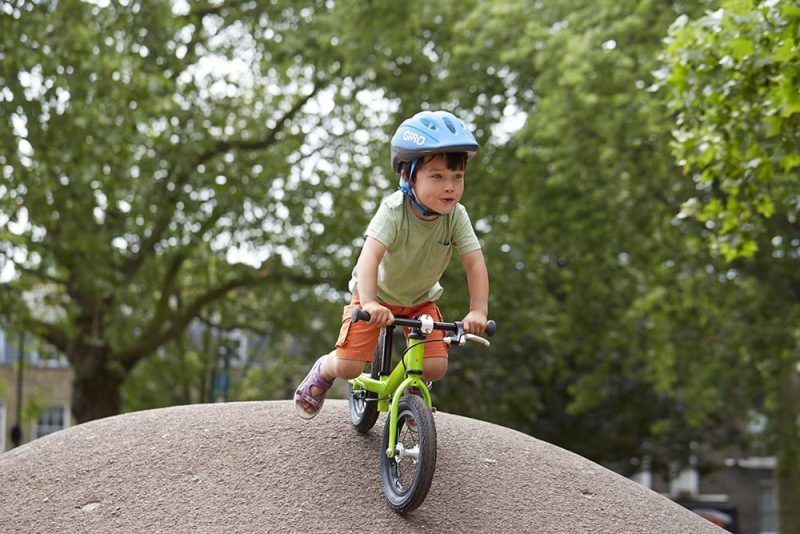
Have you ever had to help out a young fellow rider on a pedal bike with training wheels just because he was stuck on a curb or an uneven surface?
That’s something that doesn’t happen with a balance bike. In fact, balance bikes are proven to be very efficient on most terrains.
While training wheels require a very even surface, balance bikes will go where pedal bikes with training wheels can’t.
Going downhill with training wheels might make kids feel very insecure, especially if the downhill ride gets bumpy along the way. With a low center of gravity and lightweight design, kids will enjoy riding downhill, which will only improve their ability to balance a bike.
A balance bike requires a lot more effort, but putting all the action in the initial learning phase will provide a lot better results than relying on the training wheels.
Balance bikes are definitely fun, but can you imagine the kids’ happiness once they transition to their first pedal bike?
Even though balance bikes might take a bit longer to master the riding skills, it’s going to be worth it much more because of the higher confidence levels it provides.
5. It's Easier to Transition to Pedal Bikes Later
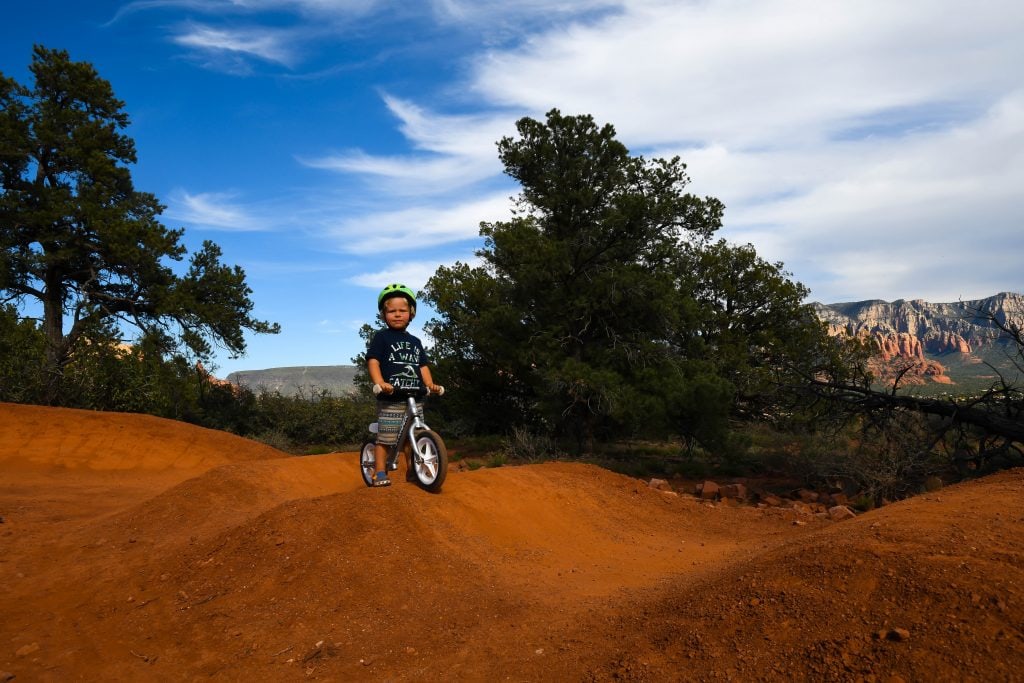
Instead of learning to pedal first, kids learn how to balance a bike.
Once they master the most challenging part, learning and dealing with the easier part won’t be a problem. The whole point of balance bikes is to reverse the learning process.
This makes the transition a lot easier since pedaling won’t be a problem for a kid who knows how to balance a bike. It might take a bit longer for a kid to master a balance bike, but once they do, the transition to a pedal bike will be very smooth.
In most cases, kids won’t need to use training wheels because keeping the bike balanced will feel a lot more natural to them.
However, if they need training wheels, you can expect them to rely on them for a concise period of time. A lot shorter period of time than they would rely on if they didn’t have the chance to ride a balance bike.
If you aren’t on a very tight budget, allowing a kid to learn how to pedal first on a trike and then making the transition to a balance bike would be the ideal way to do it.
This way, when kids transition from a balance bike to pedal bike without training wheels, this will be their second transition (third bike to ride), which will only smoothen the learning curve, improve the overall experience, and even speed up the learning process.
But it would be best if you never ignored their feeling. If they don’t feel quite ready for a transition, you should respect their decision and be patient.
Riding on a smaller bike and transitioning to a more significant 12″ bike or 14″ cycle won’t seem as scary as starting on a bigger bike would. That’s something you should take into consideration as well.
Balance Bikes FAQ
1. What age is best for a balance bike?
Balance bikes come with smaller frames and smaller wheels, allowing kids to ride balance bikes from the very young age of 18 months.
This helps increase the coordination and balance from a very early age that is useful in a transition to a bigger bike and later in life.
2. Can I just remove the bike pedals?
Technically, you could remove the pedals, but that’s not something I would recommend. Pedal bikes are more solemn, come with bigger wheels & frames, and very young kids can’t ride them. Also, it requires a particular set of tools to remove pedals.
3. How will my child learn to pedal?
Pedaling is more comfortable to master than learning to keep balance. However, you can always let your child know to pedal on a trike before making a transition to a balance bike. This way, they will have the most comfortable time switching to a bigger pedal bike without the need for training wheels.

